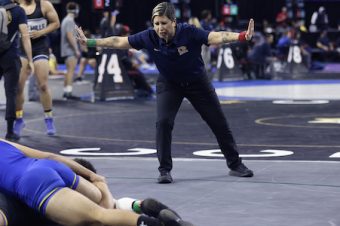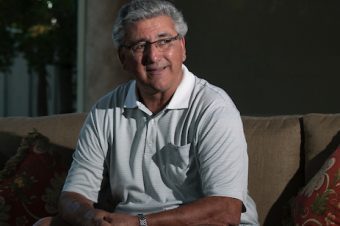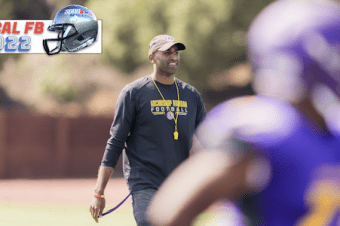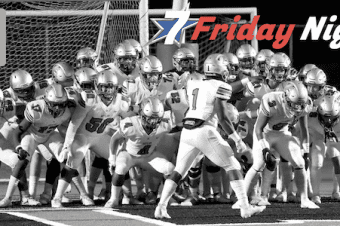SPEED: FUEL THE NEED
Blog February 13, 2012 SportStars 0
TRAINING TIME: TIM RUDD
5 SPEED TRAINING MISTAKES TO AVOID
The fact is many coaches just get it wrong when attempting to increase the speed and agility of your athletes. Today I want to share my first 5 out of 10 speed training mistakes coaches make. If you want faster and more agile athlete’s then avoid these mistakes at all costs.
Simple example: If your athletes lack ankle mobility they are losing up to 20% of their power output when accelerating and are unable to optimally change direction.
- NOT ASSESSING “” This goes far beyond looking how they accelerate and change direction. Coaches need to assess athletes for possible movement dysfunctions that can be limiting their ability to accelerate and change directions. Most coaches will just focus on technique, which is great, but if your athletes lack mobility or strength then all the technique work in the world will do very little in improving speed and agility.
- INADEQUATE WARM-UP “” If the athletes aren’t properly prepared for their speed and agility work, then they will not be moving optimally and their chance of injury is increased. The purpose of the warm-up is to address soft tissue quality, improve muscle length/extensibility, improve mobility of the joints in all planes of movement, elevate core temperature, charge up and prime the nervous system in preparation for the imposed demands of acceleration and agility training. If your athletes aren’t properly warming up, they are not getting better.
- TOO MUCH SPEED TRAINING “” The problem with over speed training is simple, it teaches the athletes to over stride. The foot travels in front of the body (rather than under and behind) causing a breaking action, not only does this slow the athlete down it also increases their chance of injuring their hamstring. The key to speed is not increasing stride frequency for high school athletes, but increasing stride length. The athlete who gets to point A and B with the fewest steps wins the race. Usain Bolt took only took 46 steps in the 100-meter final and won gold.
- TURNING SPEED INTO CONDITIONING “” The purpose of speed and agility training is to improve skill and maximal power output. The fact is that speed training is dependent on the ATP/PCR energy system. What does this mean? This system is depleted within 8-10 seconds and needs anywhere from 60 seconds to 3 minutes to fully recover in order to repeat another maximal power effort which is required for improving speed. Some coaches who don’t understand this use way too little rest, which doesn’t allow the ATP/PCR system to fully recover. So instead of improving an athlete’s maximal power output (speed) they only are working on operational output (conditioning), a percentage of maximal power output.
- NEVER TEACHING DECELERATION “” Team sports require many changes of direction (agility). If your athletes are not properly coached on how to land or decelerate properly then they won’t have the ability to change direction well.
SportStars
SportStars Magazine: High School Sports Articles Online SportStars is your go-to source for the very best high school sports articles in California. Player and team profiles, game coverage, health and fitness tips and the largest Camps, Clinics & Combine resource for athletes. We're the story behind the stats.










No comments so far.
Be first to leave comment below.